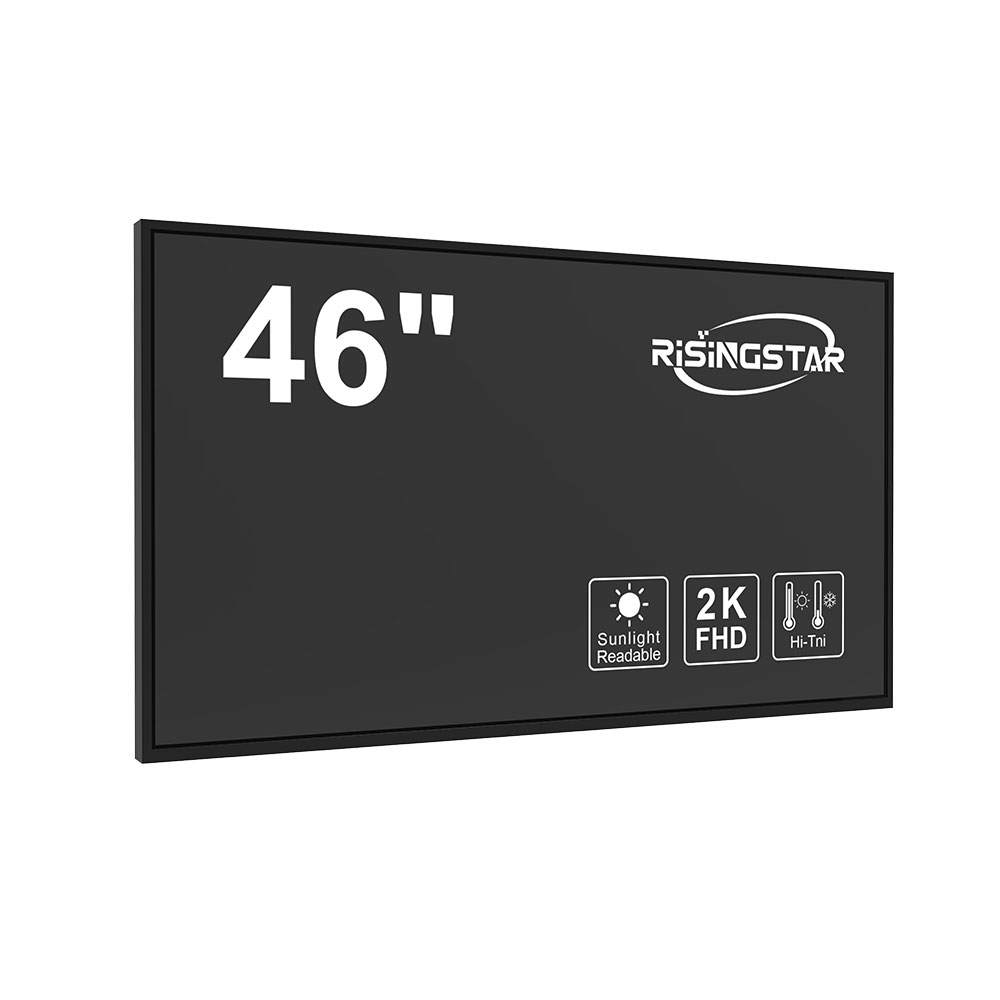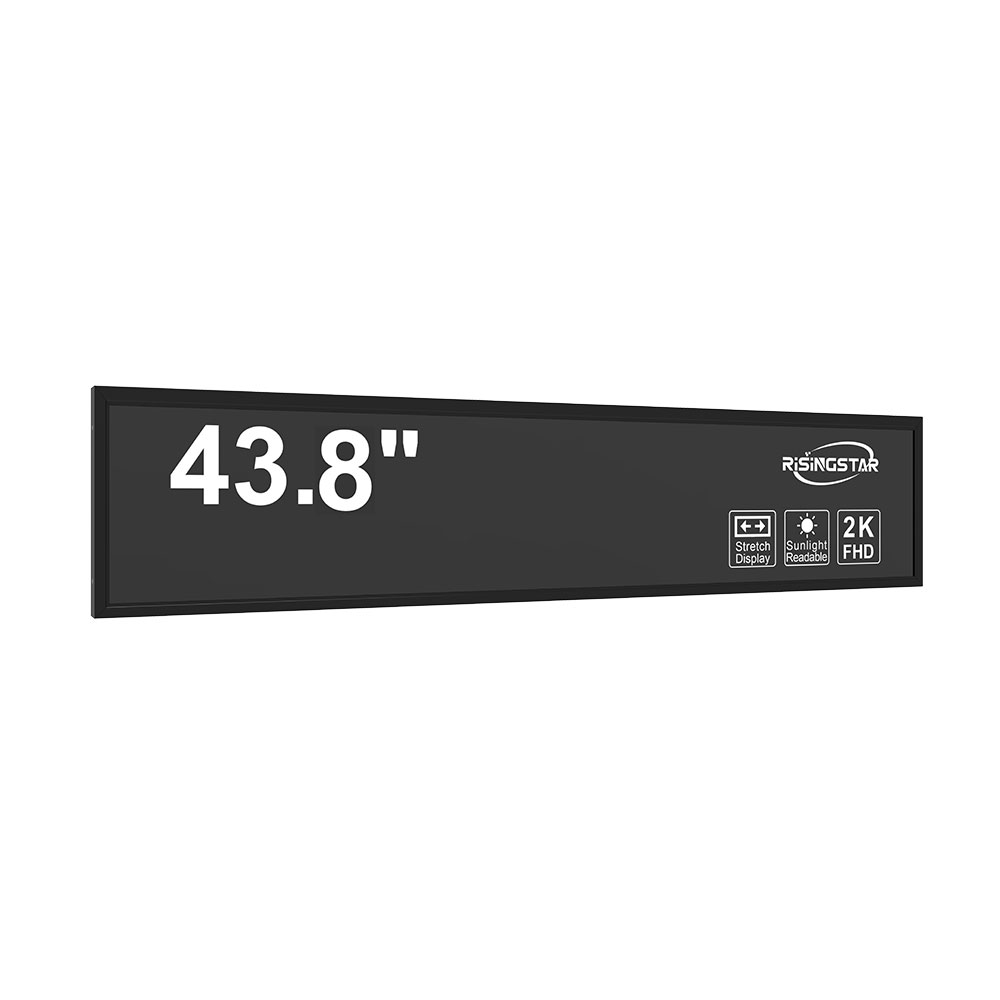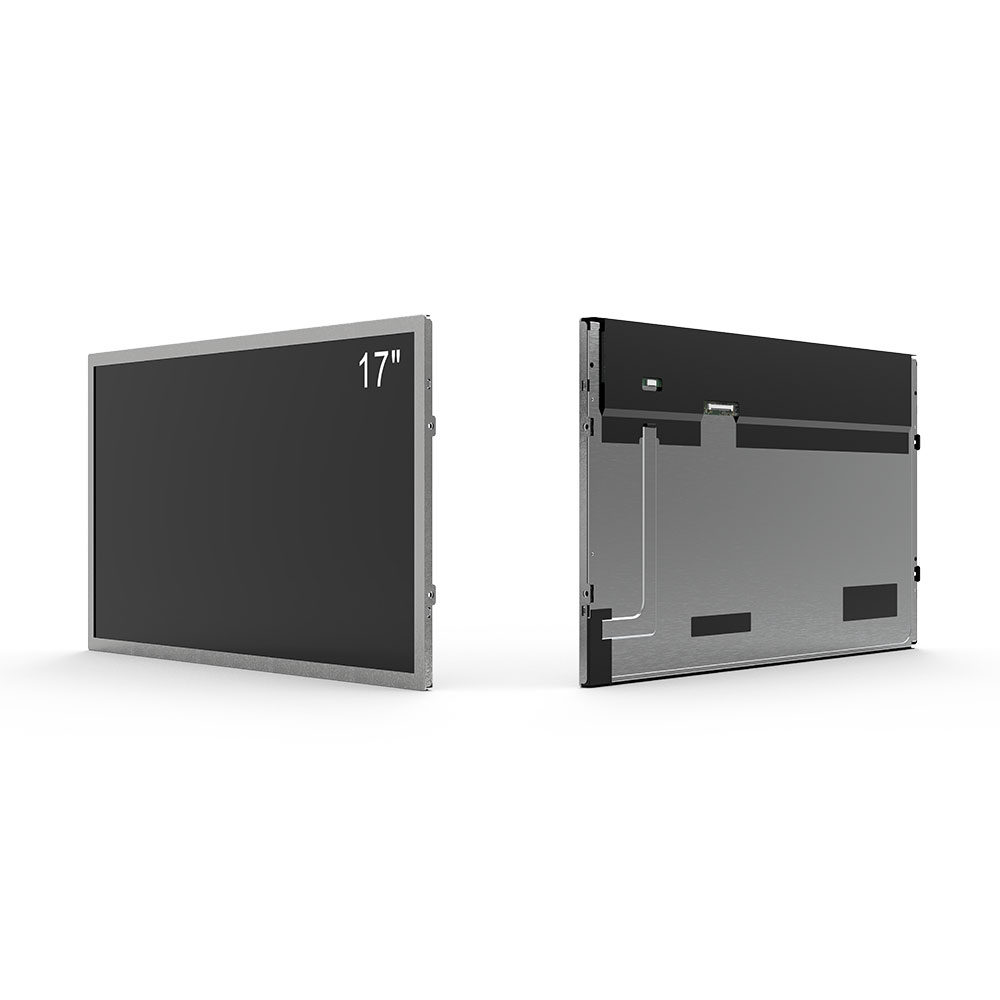- Home
- About Us
- Products
- News
- Video
- Contact
- Send Inquiry
Search
- Home
- About Us
- Products
- News
- Video
- Contact
- Send Inquiry

Military grade LCD displays are engineered to operate reliably under extreme environmental conditions that would quickly degrade or disable standard commercial-grade screens. These specialized displays are designed for use in defense systems, airborne platforms, ground vehicles, naval vessels, and other mission-critical applications where performance under stress is non-negotiable. Unlike consumer-grade LCDs, which typically function within a narrow temperature range (0–50°C) and limited humidity levels, military-grade LCDs must meet stringent standards such as MIL-STD-810G, MIL-STD-461F, and DO-160D—ensuring robustness in shock, vibration, temperature extremes, humidity, and electromagnetic interference.
A key feature of military-grade LCDs is their high brightness output, often exceeding 5,000 nits, which ensures visibility even in direct sunlight—a critical requirement for battlefield operations. This is achieved through advanced backlighting technologies like LED arrays with high-efficiency phosphors, combined with anti-reflective coatings and polarized filters. For example, the U.S. Army’s Joint Tactical Radio System (JTRS) relies on 5,000-nit military-grade LCDs to provide clear situational awareness in open-field combat scenarios.
Durability is another cornerstone of military-grade design. These displays are built using ruggedized materials such as Gorilla Glass or polycarbonate laminates with reinforced edges, capable of withstanding impacts up to 50G acceleration forces. They also undergo rigorous environmental testing, including thermal cycling from -40°C to +70°C, salt spray exposure for corrosion resistance, and immersion tests for water ingress protection (IP67 or higher). A case study from Honeywell’s Defense Electronics division showed that military-grade LCDs used in unmanned aerial vehicles (UAVs) maintained 99.7% operational uptime over 2,000 hours of continuous operation in desert environments—a benchmark rarely matched by civilian alternatives.
Moreover, military-grade LCDs support wide operating voltage ranges (typically 9–36 VDC), making them compatible with various power sources across different military platforms—from tactical radios to armored vehicles. Many models also incorporate features like cold start capability (operation at -40°C without preheating) and fail-safe modes to prevent image retention or screen burn-in during prolonged static display usage.

From a technical standpoint, these displays utilize optimized TFT (Thin-Film Transistor) panels with faster response times (as low as 1ms) to minimize motion blur during fast-moving visual data—critical for targeting systems or pilot HUDs (Heads-Up Displays). They also support industry-standard interfaces such as LVDS, MIPI DSI, and DisplayPort, enabling seamless integration into complex embedded systems.

In recent years, advancements in OLED and micro-LED technologies have begun influencing military display development. While OLEDs offer superior contrast ratios and flexibility, they remain more susceptible to radiation and moisture; thus, most current military applications still rely on high-brightness LCDs due to their proven reliability and lower cost per unit in large-scale procurement programs.
Ultimately, military-grade LCDs are not just "tougher" versions of consumer screens—they represent a holistic engineering approach combining mechanical resilience, optical performance, environmental tolerance, and system-level compatibility. Their widespread adoption across global defense sectors—from NATO coalition operations to emerging drone warfare—underscores their role as foundational components in modern tactical infrastructure.
